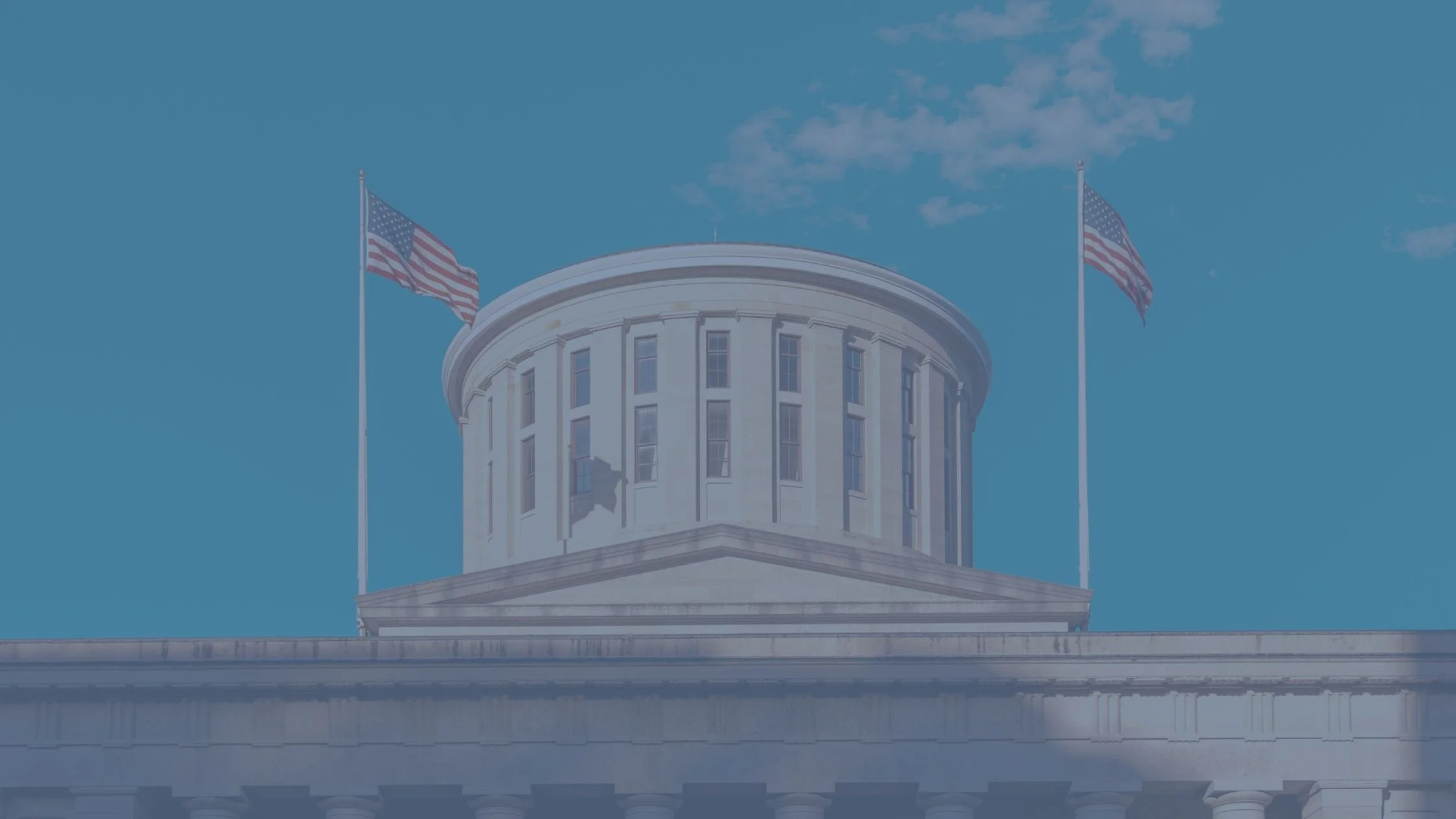The question at issue is whether Gov. Wolf can enter RGGI through executive order - something that RGGI opponents staunchly deny. They argue that Gov. Wolf’s order undermines the legislature’s exclusive authority to impose taxes and enter interstate agreements. As an energy powerhouse, Pennsylvania’s entrance would significantly strengthen RGGI and become a “political litmus test” for carbon pricing programs. RGGI would arguably be the most significant step Pennsylvania has ever taken to address climate change, and the battle over it has brought political tensions around environmental issues to the forefront.
A 51-year-old (Almost) Trendsetter: The Pennsylvania Environmental Rights Amendment
SCOTUS' Decision in West Virginia vs. EPA Weakens Federal Climate Efforts
On June 30th, the Supreme Court weakened the Environmental Protection Agency’s (EPA) ability to protect the environment. In West Virginia v. EPA, a 6-3 decision authored by Chief Justice Roberts and joined by the other conservative justices, the Court ruled the EPA overreached in its efforts to curb air pollution. This decision forebodes more significant limitations on the EPA and other government agencies’ efforts to effectuate change. The ruling also makes clear what many environmental advocates already knew: the federal government, as currently designed, will not be the leader in the fight against climate change. Grassroots movements, community-oriented advocacy, and mass mobilization are essential in the effort to protect the planet, now more than ever.
















